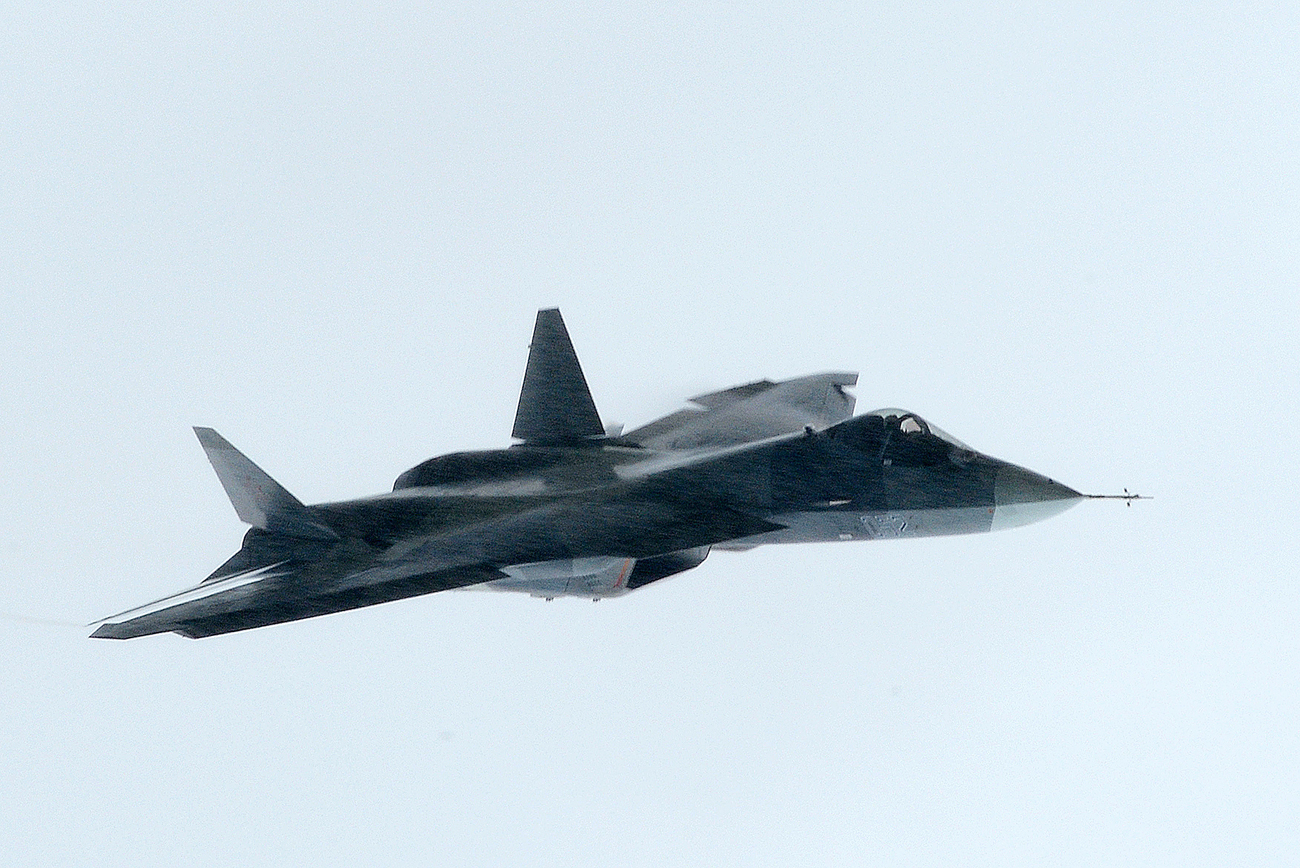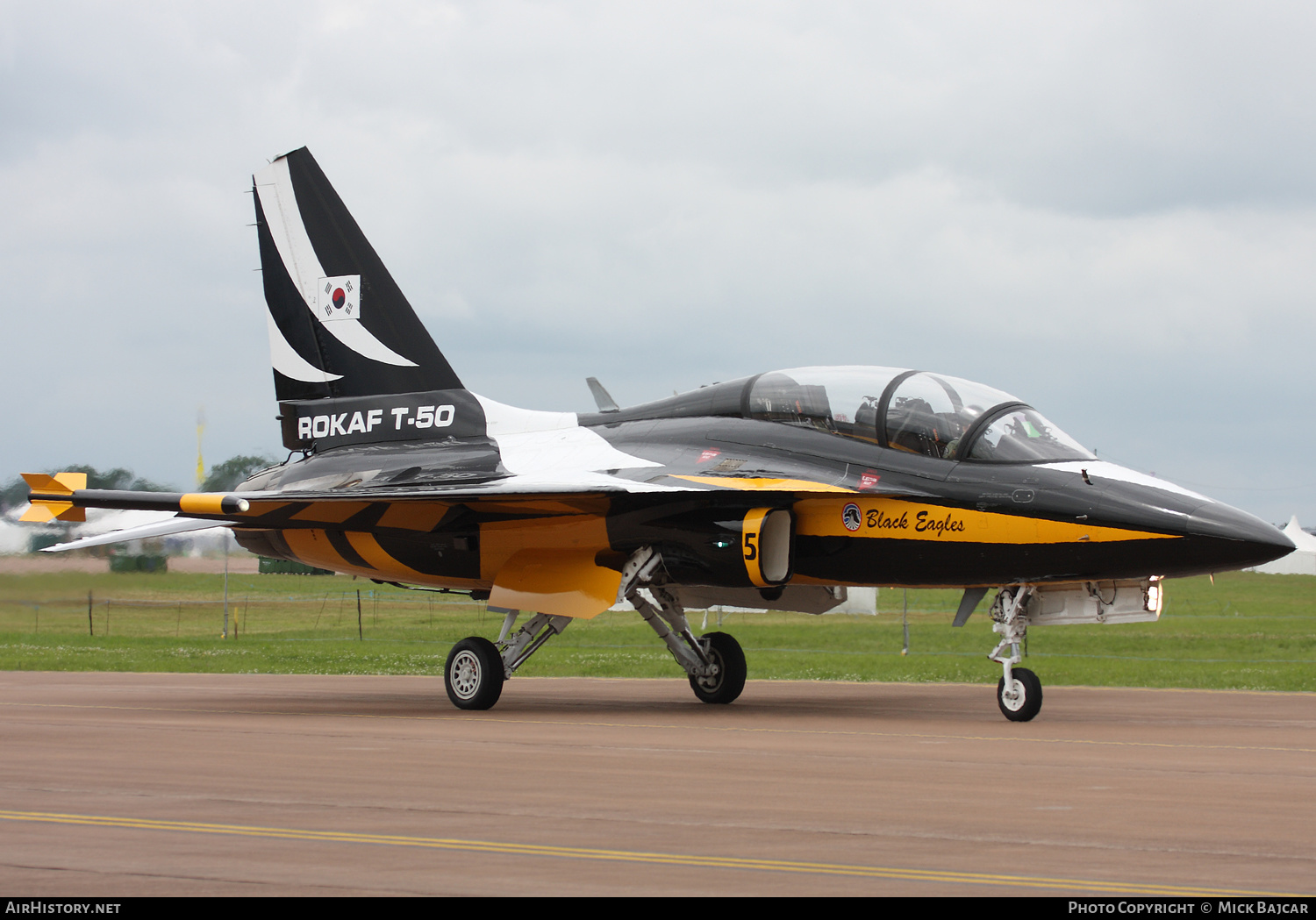T 50 Aircraft - Plane and Pilot builds on more than 50 years of serving pilots and owners of aircraft with the goal of empowering our readers to improve their knowledge and enthusiasm for aviation. Plane and Pilot expands upon the vast base of knowledge and experience from aviation's most reputable influencers
inspire, educate, entertain and inform. The original use of Cessna's T-50s had been in a light transport role, and in 1942 the USAAF decided that these aircraft would be valuable for liaison/communication purposes and as light personnel transports. Production of this variant totaled 1,287, the aircraft being named
T 50 Aircraft

Bobcat and given the designation C-78, later changed to UC-78. In addition, a small number of commercial T-50s were impressed for service with the USAAF under the designation UC-78A. Cessna Aircraft's first twin-engined lightplane, built and flown in 1939, was a five-seat commercial transport typical of many very similar aircraft which became fairly common in the USA during the late 1930s. Designated Cessna Model T-50 by the company, it
was of low-wing cantilever monoplane configuration and of mixed construction. Wings and tail unit were of wood, the latter with fabric covering; the fuselage, however, was a welded steel-tube structure with fabric over lightweight wooden skinning. Retractable tailwheel type landing
gear and wing trailing-edge flaps were both electrically actuated. I was the student pilot of an AT-17 in Ft Sumner, NM in 1944 when I tried to take off with the wheel switch in the "UP" position. My student co-pilot and I were in a hurry to get airborne to join
a formation training flight and we ran the check list as we taxied out to the runway. It didn't work and we skidded to a stop with the wheels up. I probably would have been "washed out" if I hadn't been so
close to graduation. The Jacobs engine as described was a 245 HP engine not a 450. Also the t-50 was a lighter wing and had the wooden props, the UC 78 was a heavier wing and has the Hamilton Standart constant speed props. My father in law used
the T-50 as an instrument trainer at Kellogg field in Battle Creek in the late 40's and early fifties. Rumor has it that the aircraft would not fly on one engine. He flew a T-50 from Battle Creek to Coldwater Michigan on one engine
. This was from take off to landing. Took my CFI ME check ride in one of these. Gave some dual in a different one. What a slug ! ! ! Probably the worst plane I ever flew. Glad I flew it, though, just to be able to say that I did it

. Hello How Are You Doing..? I Am Mr Shelton And Would Like To Order For Propellers..I Will Like To Know The Types And Prices Of Then..Also I Will Like To Know The Method Of Payment You Accept..Waiting Regards Shelton
Took my advanced flight training in this bird at Douglas AAFAZ, right on the mexican border. Graduated in June of '44. Don't remember too much about the airplane, but I sure remember the border town Agua Prieta, Mexico. There was no
vice those folks down there couldn't be satisfied. I graduated from Advanced at Pecos ,Texas training in this very easy to fly aircraft. It had wooden props that were not constant speed and was not too useful in preparing me for my assignment to the Troop Carrier Command where I was flying C46's.
The second requirement was for the US Army Air Corps which, in late 1940, contracted for the supply of 33 T-50s for service evaluation, allocating to them the designation AT-8. These were powered by two 220kW Jacobs R-680-9

radial engines, but service trials showed that these were unnecessarily powerful for use in a two-seat trainer, and when in 1941 the first real production contracts were placed, less powerful engines by the same manufacturer were specified.
In the period 1942-3, the US Navy had a requirement for a lightweight transport aircraft to carry ferry pilots between delivery points and their home bases, as well as for the movement of US Navy flight crews. This led to the procurement of 67 aircraft
, generally similar to the UC-78, which entered service under the designation JRC-1. Many examples of USAAF Bobcats remained in service for two or three years after the end of World War II. The USAAF's requirement for the two-seat conversion trainers had been difficult to predict, and when it was discovered in late 1942 that procurement contracts very considerably exceeded
the training requirement, Cessna was requested to fulfill the outstanding balance of the AT-17B and AT-17D models as UC-78B and UC-78C Bobcats respectively. Both were virtually identical, but differed from the original UC-78s by having two-

blade fixed-pitch wooden-propellers and some minor changes of installed equipment. Production of these two versions amounted to 1,806 UC-78Bs and 327 UC-78Cs. In 1963 I obtained a multi engine certificate in one of these. When the instructor was simulating engine out procedures, I could not hold the airplane straight with one foot on the rudder pedals. It took two feet on one rudder pedal to keep the airplane in
control. Also, being too beg for most hangars, they sat outside which brought about their short flying lives. In 1963 I obtained a multi engine certificate in one of these. When the instructor was simulating engine out procedures, I could not hold the airplane straight with one foot on the rudder pedals. It took two feet on one rudder pedal to keep the airplane in
control. Also, being too beg for most hangars, they sat outside which brought about their short flying lives. I have a A-17 wooden propeller, 8 hole bolt pattern. dark wood , think it is mahogany or walnut, made by hartzell. stamped on it is: SR NO. 22251, Airplane A-17, Engine R-755. It measures
90" in length. The Edge gaurds appear to be brass or similar metal. This prop is in pretty good condition. , does anyone know about what this is worth, thinking about putting it up for auction after doing a little more researching.

In 1940 the military potential of this aircraft, as a trainer suitable for the conversion of pilots from single-engine to twin-engine types, became apparently almost simultaneously to two North American nations. First was Canada, which required a machine of this type for
The Commonwealth Joint Air Training Plan, and 550 aircraft were supplied under Lend-Lease, these being designated Crane 1A. The initial production version, designated AT-17, was equipped with Jacobs R-755-9 engines driving wooden propellers. A total of 450 was built, and these aircraft were followed into production by 223 of the generally similar AT-17A, which differed
by having Hamilton-Standard constant-speed metal propellers. The later AT-17B (466 built) had some equipment changes, and the AT-17C (60 built) was provided with different radio for communications.
t 50 aircraft russia, cessna t 50 bobcat, t 50 fighter jet, fa 50 jet fighter, t 50 fighter aircraft, t 50 jet, fa 50 aircraft, cessna t 50